
IHI Visit 2022: Bedfordshire Community Health Services (BCHS)
4th May 2022
By Nicola Ballingall, Senior Improvement Advisor
This 6 minute read about the Institute for Healthcare Improvement’s (IHI) visit 2022 is best enjoyed whilst listening to the BCHS QI playlist that the group created on the day.
With a focus on demand and capacity, we heard about the QI work going on in Occupational Therapy, podiatry, and for retention of new starters.
Occupational Therapy Demand and Capacity QI Project
Megan Collins, Ellie Gillett, Louise Hughes
- Background: Some patients had been waiting 42 weeks for treatment, so the team made courtesy calls to let them know they were still on the waiting list, and they reprioritised for those whose situation had changed.
- Change ideas: updated therapy specification, triage blitz day, created triage form for appropriate signposting early on, designed website with self-help resources, clear outline of therapy provision, and information on other local services to reduce inappropriate referrals. Ellie Gillett shared, “because our service user QI project member has first-hand experience, he is able to give invaluable feedback on the triage element.”
- Results: the South team discharged 70 patients on their initial triage day. The average waiting time has gone down from 42 to 22 weeks.
- Next steps: incorporate a blended digital technology approach, understand clinical capacity using Power BI analytics, fully utilise the admin roles with an aim to increase the time clinicians can spend with service users. “It’s impressive, the impact small changes can make when you think them through.” (Helen Glyn-Davies, Associate Director For Community Services and Lead Therapist)
Pedro Delgado from the IHI prompted us to consider:
-
- Equity of care, for example for people from different backgrounds and those in poverty
- Sharing patient stories about the improvements
- Tracking the use of the new website.
- During the IHI visit, BCHS colleagues made links with the Communications team, who can help with the website development. Hannah Preston drew our attention to those experiencing digital poverty, which sparked a discussion around BCHS presence in the community, such as having a stall at Sainsbury’s to let people know what support we have to offer.
Podiatry Musculoskeletal QI Project
with Hardeep Mehmi
- Background: 10% of all GP contacts are regarding musculoskeletal issues. As BCHS podiatry staff were redeployed during the pandemic, some patients have been on their waiting list for over a year, often in pain. “I attended the Improvement Leaders Programme, learned some new skills and now here we are.” (Hardeep Mehmi)

Figure 1: Podiatry Driver Diagram
- Change ideas tested: offer follow up clinic appointments to children, telephone triage clinics, new SMS questionnaire that automatically populates the SystemOne record (has been tested among staff and could be spread across BCHS), train Band 5 podiatrists so they can offer support to more of our patients.

Figure 2: Podiatry Control Charts
· “By using a QI project format, we were able to work our way through problems systematically.” The People Participation team have been very helpful when we have had change ideas to ensure we are heading in the right direction.” (Hardeep Mehmi)
· Next steps: “With your new superpowers in data, you can work out which segments of the work tell stories about your success, such as your progress with children’s referrals.” (Pedro Delgado) Hardeep reflected that Power BI will be helpful in capturing this information.
Enjoying Work – New Starters QI Project
with Gry O’Shea
- Background: New BCHS starters have reported feeling isolated, especially when coming from a hospital setting to starting work out in the community; they may not be used to such autonomy.
- Change ideas: improve learning and development opportunities for new starters, make IT and medical equipment available as soon as new starters join, improve career progression pathways, design induction to include meeting other community teams, offer peer support and pastoral service, and advertise the offer from the well-being service. “We are currently establishing what will make the biggest amount of difference with minimal resources. Then we are testing those changes in a small area and, if we prove they have been successful, we can spread them throughout BCHS.” (Gry O’Shea)
- Measurement: staff turnover, reasons for leaving, well-being questionnaire. Gry acknowledged that staff experience survey fatigue and will need a simpler way to measure well-being on an ongoing basis.
- Next steps: Pedro suggested using the “What Matters to You” conversation with new staff and making this information available to the people they work with so we get to know each other holistically. Sara Rassool (Macmillan Consultant Clinical Psychologist & Lead for Community Health Psychology Services) suggested using the Appreciative Inquiry tool to understand teams’ strengths. Debbie Martin (Associate Director for Community Services Operations) suggested establishing mentors from outside the team. Eileen Bryan (Director of Nursing, Primary Care and BCHS) shared that Primary Care are running a similar QI project and exchanged contact details with Gry. Katherine Brittin (Associate Director for QI) had an idea about bringing together a community of people who are working on improving the experience for new staff, including the QI Department and Trust-wide QI project members.
“I’m in awe that, despite everything teams have been through, you still go out there and use QI to improve the services we offer.” (Allison Jones, Deputy Director of Community Services)
Most Read Stories
-
Why is Quality Control important?
18th July 2018
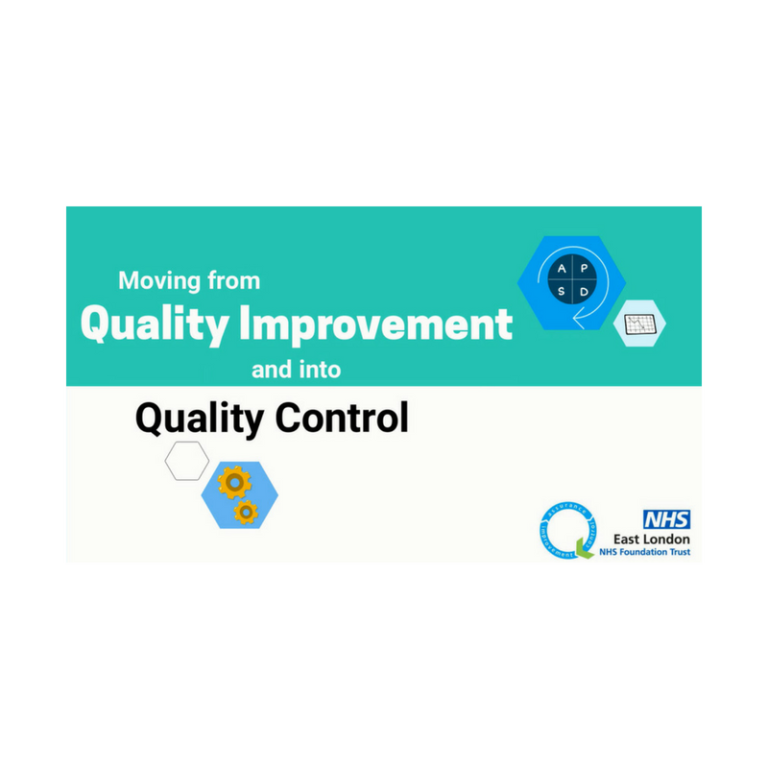
-
An Illustrated Guide to Quality Improvement
20th May 2019
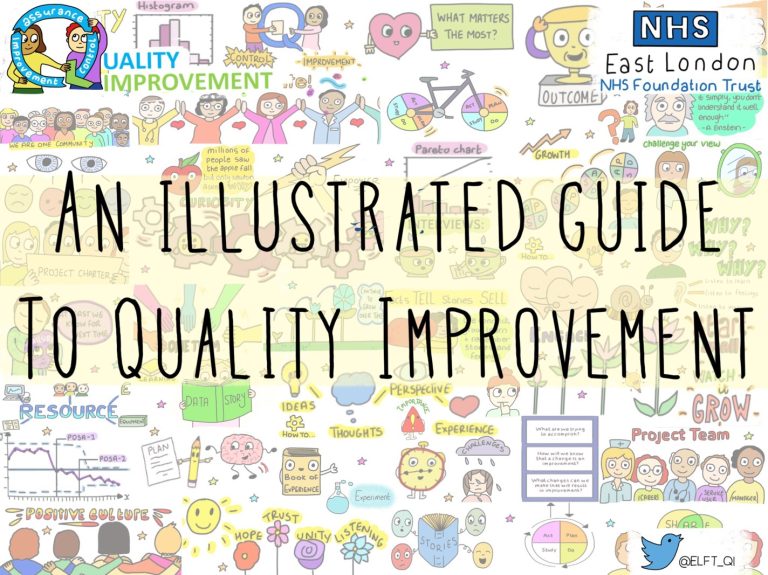
-
2016 QI Conference Poster Presentations
22nd March 2016
-
Recognising Racism: Using QI to Help Take Action
21st January 2021
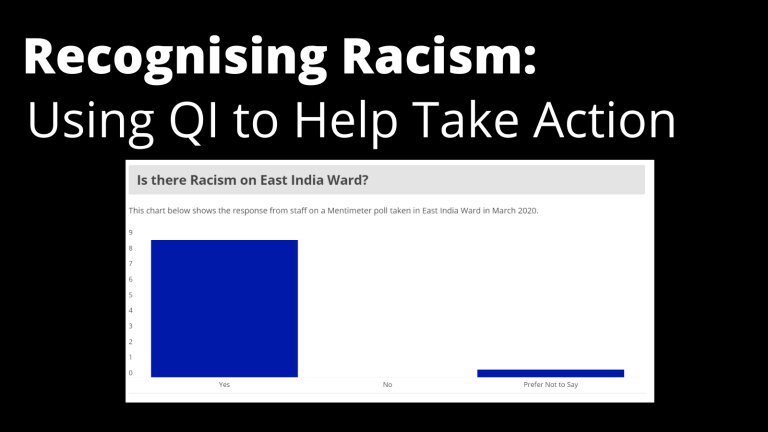
-
Using data enabled us to understand our problem
31st March 2023
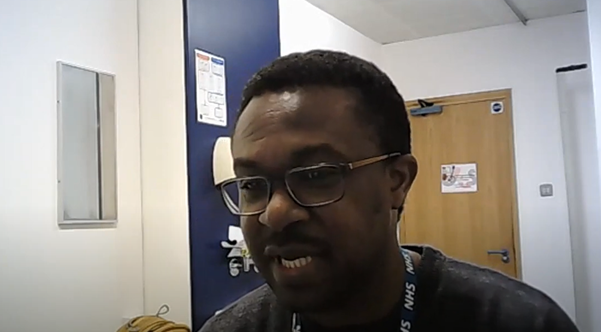
-
QI Essentials: What does a Chief Quality Officer do?
18th March 2019

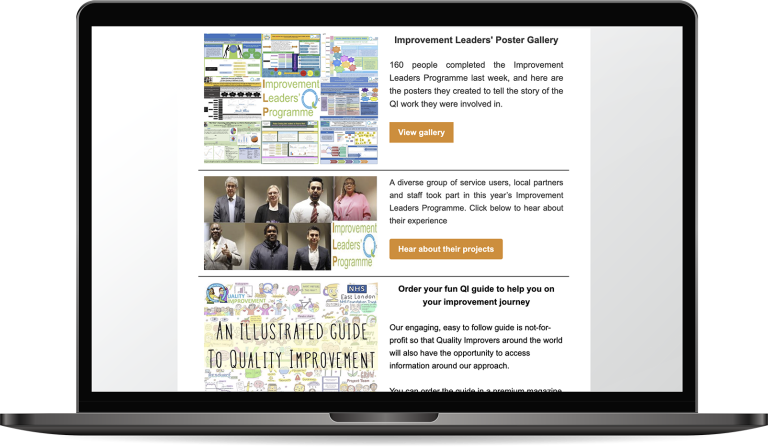
Follow QI on social media
To keep up to date on the latest concerning QI at ELFT, follow us on our socials.


